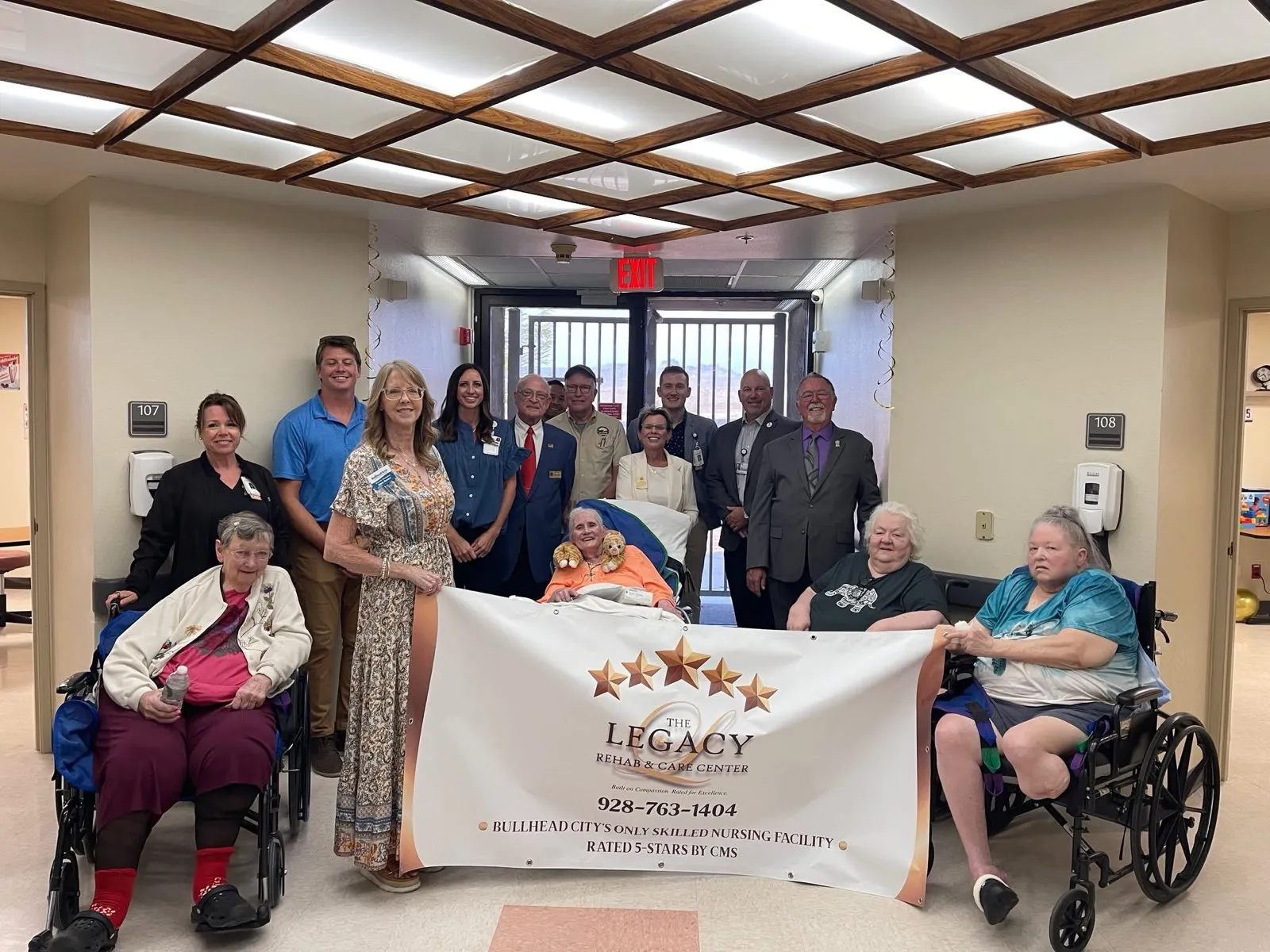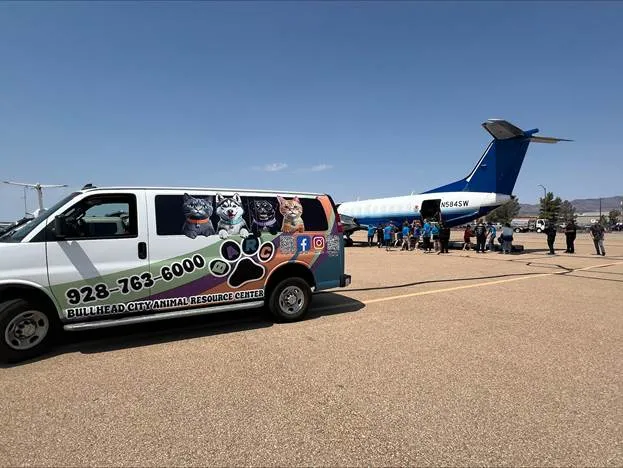NATION — NASA scientists have known for years that astronauts in microgravity can suffer alarming bone density declines, but new findings from the International Space Station (ISS) have sharpened that concern even more. A recently released experiment with mice, which spent 37 days in low Earth orbit, shows that bones used to bearing weight on Earth are the very ones that deteriorate fastest when gravity’s pull disappears.
Published in the journal PLOS ONE and led by NASA bioengineer Rukmani Cahill, the study looked at mice exposed to microgravity versus mice kept on Earth. While the orbiting rodents got normal food and routine care, their hindlimb femurs sustained visible interior damage. Researchers discovered the spongy internal layers, particularly at the hip and knee ends, were riddled with voids that never appeared in Earth-based mice. By contrast, the lumbar vertebrae remained mostly unchanged. This finding underscores a “use it or lose it” principle: bones accustomed to carrying weight can atrophy severely in microgravity, while non-load-bearing regions see minimal impact.
For years, scientists debated whether bone losses in space were caused by radiation, poor nutrition, or other systemic factors. Yet these new results strongly implicate the lack of mechanical loading—an essential strain Earth’s gravity places on the skeleton. The NASA mice in orbit encountered only low daily doses of ionizing radiation, far below levels used in ground experiments linking radiation to bone deterioration. In just over a month, the flight mice sustained structural deficits far beyond what their Earth-bound counterparts experienced, especially in the femoral head and neck. The pattern suggests that weight-bearing demands are critical to preserving skeletal mass.
Human astronauts also lose bone density during spaceflight at a rate roughly 10 times faster than typical age-related decline. Some never recover fully after returning. This mouse study helps clarify why: the more load a bone usually bears on Earth, the more it deteriorates without gravity. In four-legged rodents, the hindlimb femurs are prime shock absorbers, much as the hips and legs are in upright humans. The rodent lumbar spine, bearing relatively little weight, remained far less affected in orbit. By analogy, humans typically lose the most density in hips and legs. Past data from six-month ISS missions confirm that crew members can shed a percentage point or more of lower-limb density each month.
The NASA findings also revealed that young mice in orbit showed signs of premature ossification, where cartilage turned to bone earlier than expected. Such early conversion could stunt further bone growth. Although NASA does not fly children, the result highlights microgravity’s dramatic effect on developing skeletons, raising new questions about bone modeling in extended missions. These data remain consistent with older human research: extended time in microgravity drastically compromises skeletons, raising fracture risks on return.
Because the femur’s marrow cavity expanded from inside out, the study further rules out systemic hazards like radiation as the primary cause. If radiation drove the loss, scientists might expect more uniform destruction across the skeleton. Instead, the damage clustered in areas that endure high forces on Earth. Researchers found no major changes in the rodents’ spines, reinforcing that load-bearing zones suffer most in microgravity. Diet alone cannot compensate for the absence of normal bone stress; advanced workouts seem essential.
Astronauts on the ISS currently perform roughly two hours of daily exercise, including resistive equipment meant to mimic load-bearing. Despite these efforts, bone density can still drop significantly. NASA hopes that new technology—possibly partial artificial gravity habitats or better harness-based devices—could more closely replicate normal Earth forces. For journeys to Mars or long stays on the Moon, ensuring bone health is vital, as returning explorers might carry permanent skeletal weakness if no countermeasures succeed. The mouse data imply that half a year in microgravity could inflict decades’ worth of bone decline in vulnerable regions like hips and legs.
A crucial takeaway is that weight-bearing limbs rapidly degrade if they do not receive consistent strain. Microgravity interrupts this process entirely, and a standard diet cannot reverse it. If mechanical loading is the key factor, NASA might direct more focus to spinning modules that produce artificial gravity, or intensify specialized weightlifting procedures. With each new rodent or astronaut study, scientists more precisely see how to shape solutions, from improved workouts to structural changes in spacecraft.
At present, NASA is poised to conduct further rodent research, adjusting factors like exercise protocols or flight durations. Longer experiments might show whether certain regimens preserve rodent femurs or if bone losses persist. For humans, partial returns to weight-bearing do not always restore bone completely. All this reinforces a core conclusion: microgravity systematically undermines our skeleton’s weight-bearing architecture. If deep-space exploration is to progress, engineers and doctors must craft environments or activities that sustain bone health. Until then, new frontiers remain tied to a classic biological reality: bones need gravity to stay strong.
—Stephen Lightman










